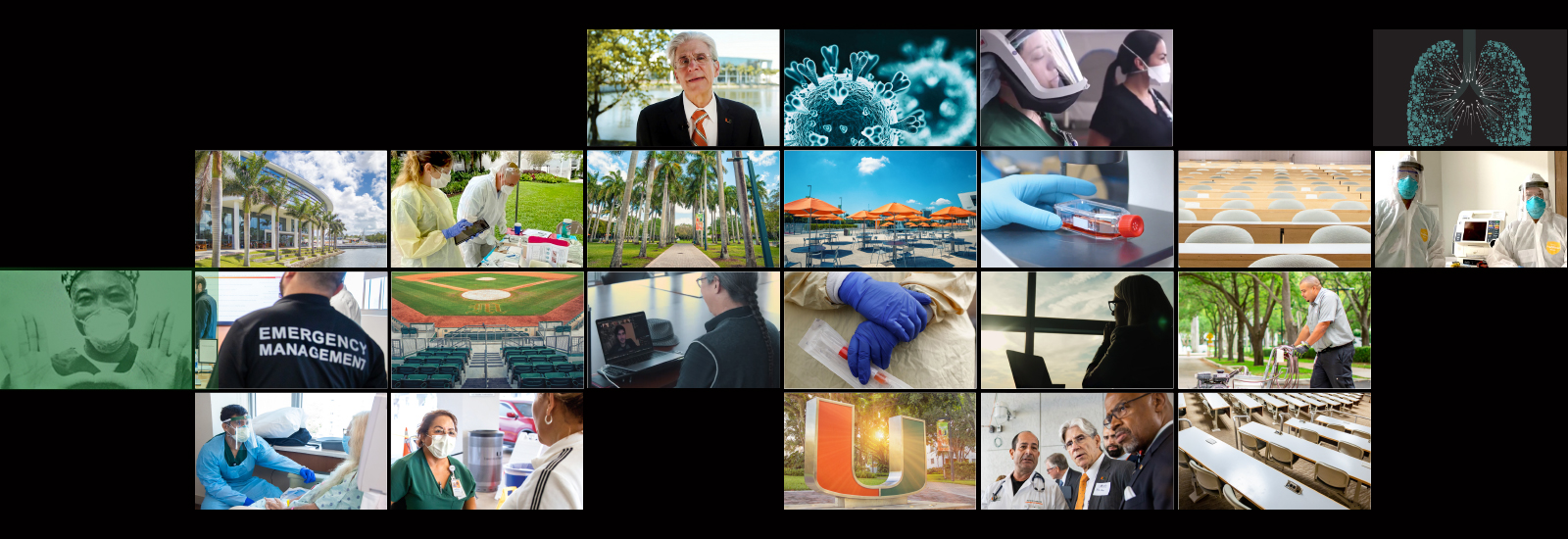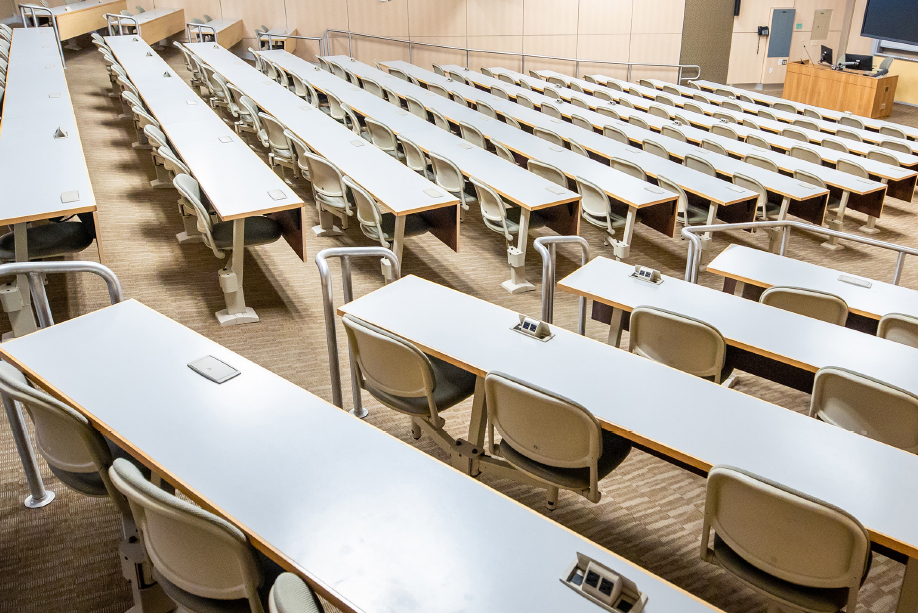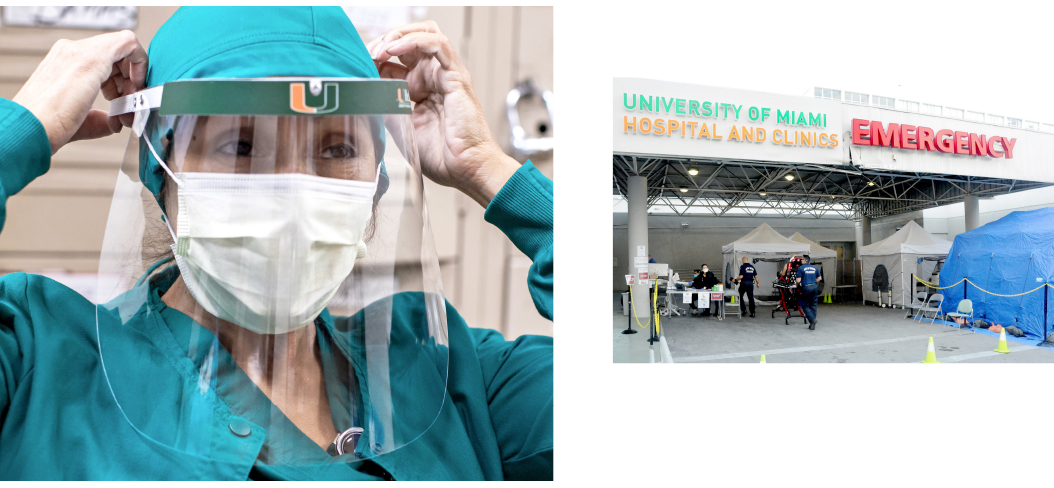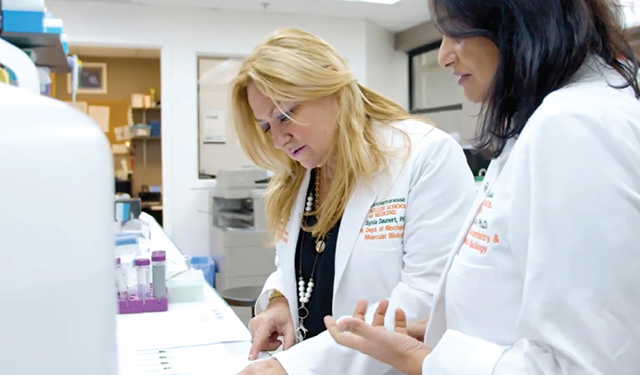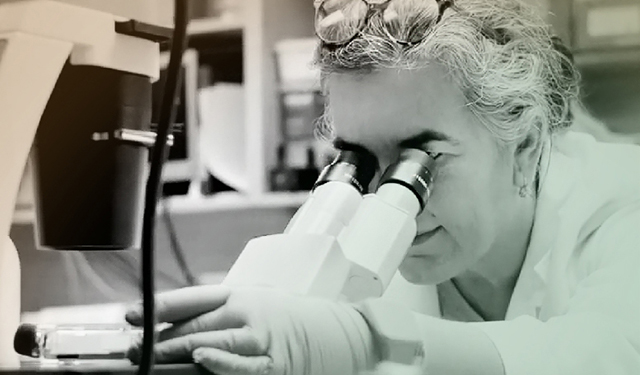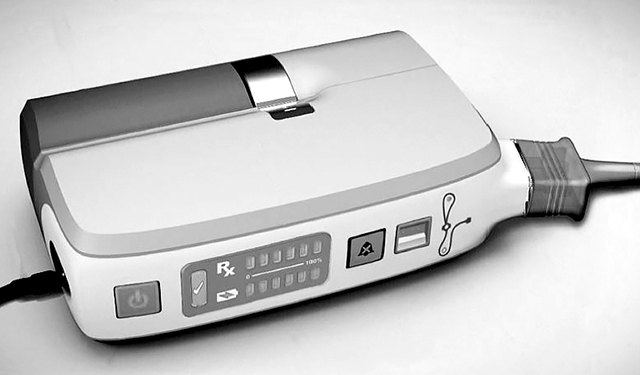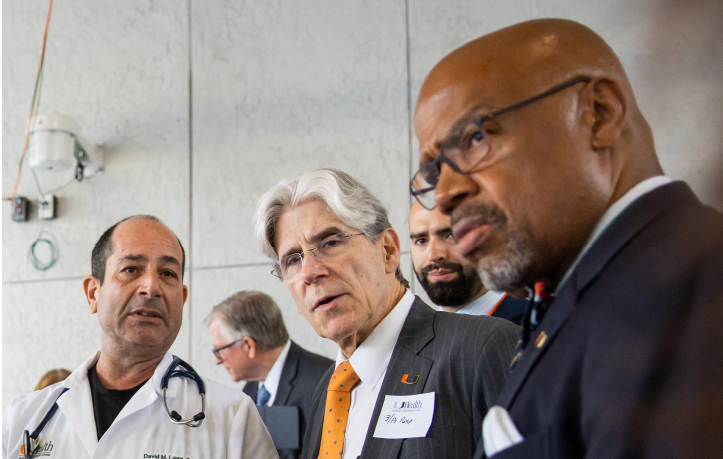HEALTH CARE RESPONSE
If there were any University entity that was under the most pressure to respond to the pandemic, it was the University of Miami Health System, which started ramping up its clinical operations weeks before the first coronavirus case was even confirmed in Miami-Dade County.
To care for the influx of COVID-19 patients the health system would see, a task force of physicians, nurses, and administrators changed the way health care is being administered at the 560-bed UHealth Tower, creating special units and teams dedicated to the care of those patients, stepping up screening protocols, and instituting a host of hospital-wide measures to make sure the virus didn’t spread.
UHealth Tower’s north and south penthouse floors were converted to COVID-19 units, with patients quartered in negative pressure isolation rooms that allow air to flow in but not out—a ventilation technique that prevents the escape of aerosolized viral particles.
Teams of physicians and nurses, culled from the hospital’s existing intensive care unit, were created with the purpose of caring solely for those patients. They have been equipped with the resources they need to do their jobs effectively, as UHealth’s coronavirus task force, acutely aware of the rising worldwide mortality rates of COVID-19 patients, created ICU environments with telemetry monitors in each of the negative pressure rooms.
The response has been all-encompassing, “a total reinvention of ourselves,” says Tanira Ferreira, assistant professor of medicine and chief medical officer of UHealth Tower.
Ferreira; Kymberlee Manni, CEO of UHealth Tower; and Dipen Parekh, chief operating officer, are three of the key players in the health system’s clinical response to the coronavirus outbreak. “We need to remain focused for the long road ahead,” Parekh, a renowned urologic oncologist, said in a video message to UHealth employees. “Getting through this will mean each of us stepping in and doing our part."
At UHealth Tower’s Emergency Department (ED), tents have been erected outside to screen patients. There, medical staff members ask patients a battery of questions that range from whether they are experiencing fever, cough, or respiratory symptoms to their recent travel history. Anyone who gives a positive response is placed in an isolated area.
And within the ED, certain rooms have been designated as isolation areas for patients who are high risk. “We consider every patient that comes in as possibly having coronavirus,” says David Lang, medical director of UHealth Tower’s Emergency Department. “Some are a little bit easier to detect; they come in with fever, cough, shortness of breath. We also see patients who come in with something totally unrelated and who need to be admitted for other illnesses but can test positive for the virus.
“So, our process has changed,” Lang continues. “The entire department now wears masks, and we have masks on the patients. When we go in to see patients, we put on protective gear. If it’s high risk, it may be a little bit more gear. And if it’s lower risk, we may not fully suit up. But our approach is to consider every patient a suspect.”
From rapid diagnostic tests to potential vaccines, researchers at the University of Miami Miller School of Medicine are also fighting the battle against COVID-19 in their labs, with Natasa Strbo helping to lead the way. The assistant professor of microbiology and immunology enlisted the cancer and infectious disease vaccine she has worked on for more than a decade in the fight against the virus.
“As soon as I heard that something pretty bad was happening in China, I was excited to investigate the potential of our vaccine, which is a really different approach. It’s based on a natural protein, gp96, that is present in our cells and activates immune responses,” says Strbo, whose team is working on the COVID-19 vaccine with Heat Biologics, the biopharmaceutical company that now owns the gp96 platform she helped develop. “We already have tremendous knowledge from our previous vaccine studies, so I think the gp96 platform has a lot of potential in inducing a protective immunity against COVID-19.
Meanwhile, Miller School biomedical researchers were involved in efforts to develop a rapid diagnostic test for the virus. The patient-friendly test, developed by Sylvia Daunert, chair of the Department of Biochemistry and Molecular Biology, and her colleagues, and funded in part by the Dr. John T. Macdonald Foundation, requires a simple pharyngeal throat swab to deliver on-the-spot results on a paper strip in less than 30 minutes.
“Our lab has tremendous experience developing accurate and easily usable tests for infectious diseases such as HPV and Zika,” says Daunert.



